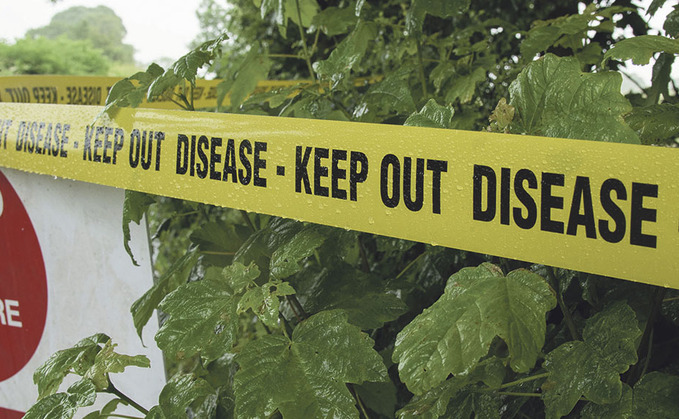
Poultry farmers living on the Scottish coast laid bare the emotional toil of living with the pressures of Avian Influenza (AI). Despite doing their best to protect their flocks from the disease,...

Poultry farmers living on the Scottish coast laid bare the emotional toil of living with the pressures of Avian Influenza (AI). Despite doing their best to protect their flocks from the disease,...
From bringing home 10 Kerry Hill gimmers in 2020 to winning the breed championship at the Royal Highland Show, Sophie McCarlie has quickly established the Hassockrigg flock as one to watch
As the next generation takes to the trial field, one young competitor is proving that age is no barrier to success
The Moredun Research Institute has secured investment to support the UK livestock industry’s resilience to infectious diseases, as well as gaining Defra funding for louping ill vaccine commercialisation